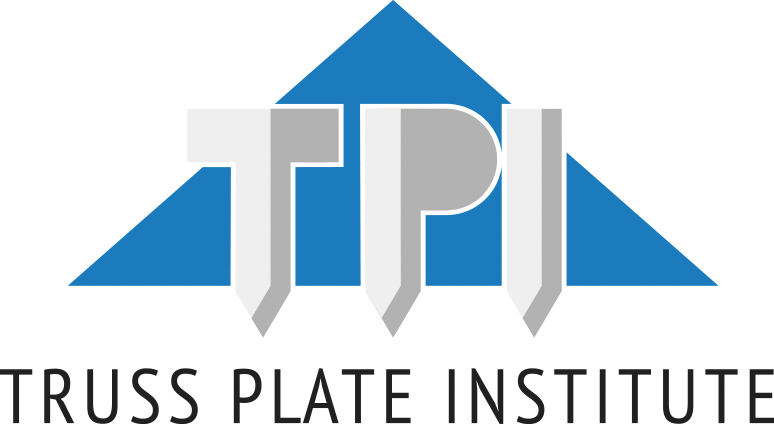ANSI Process
What is ANSI?
You have probably noticed the ANSI designation preceding the TPI 1 title (ANSI/TPI 1-2014). So, what does that mean and who is ANSI? ANSI stands for the American National Standards Institute. TPI is a member of ANSI and follows ANSI’s Essential Requirements for developing standards. ANSI does not develop content for standards, nor do they approve the content in any standard. ANSI merely establishes procedures for developing and maintaining standards. In fact, ANSI probably has very little knowledge, if any, about the Metal Plate Connected Wood Truss Industry. However, they play a very important role in assuring that the development and maintenance of the TPI 1 standard is carried out in an open, fair, and transparent manner which allows and promotes input from all parties that may be affected by the standard.
How the ANSI process works
As an accredited ANSI standards developer, TPI must establish and follow specific procedures that incorporate ANSI’s Essential Requirements for Due Process. This includes forming a Project Committee where participation is open to all persons who are directly and materially affected by the standard, and balanced so that no single interest group has a majority over the other interest groups. The Project Committee hears, debates, and votes on all proposed changes to the standard and once consensus is achieved, the updated standard is released for public review where anyone can comment or suggest changes to the standard. The Project Committee is required to hear all public comments and the Project Committee members are allowed to reconsider their original votes after hearing he public comments. The TPI Board makes the final decision whether to submit the work to ANSI to approve as a standard.
How to Participate
Participation can be through membership on the Consensus Body, by submitting proposals directly to the Consensus Body, or by providing comments to the Consensus Body during the public review period.



